Meet The Mighty Cape and Water Buffalo
Powerful, enduring, and social — the buffalo stands as one of nature’s most awe-inspiring creatures. Found across Africa and Asia, these giants command respect with their size, strength, and teamwork. Whether grazing on open savannas or wading through wetlands, buffalo remind us how perfectly creation balances might and purpose.
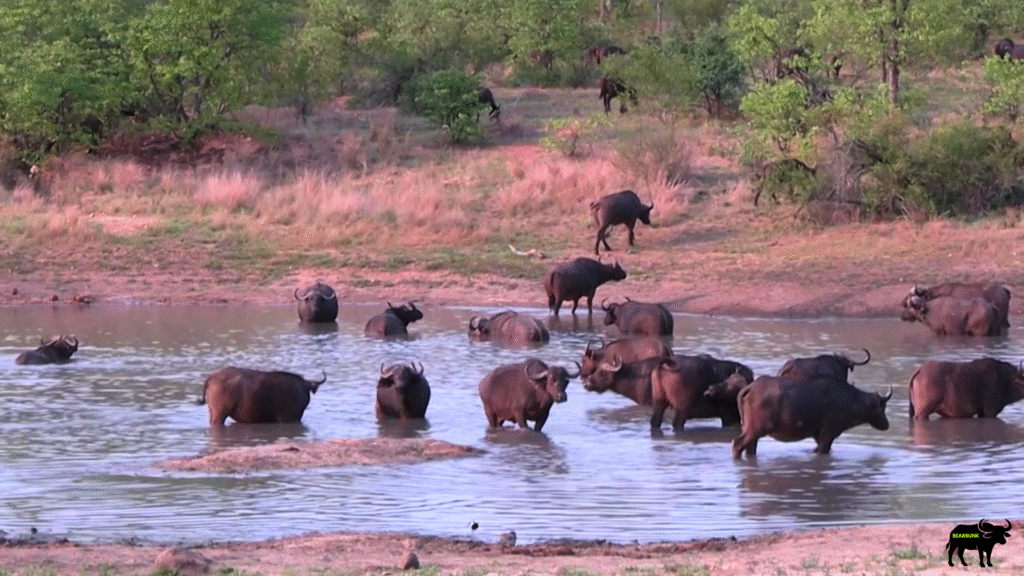
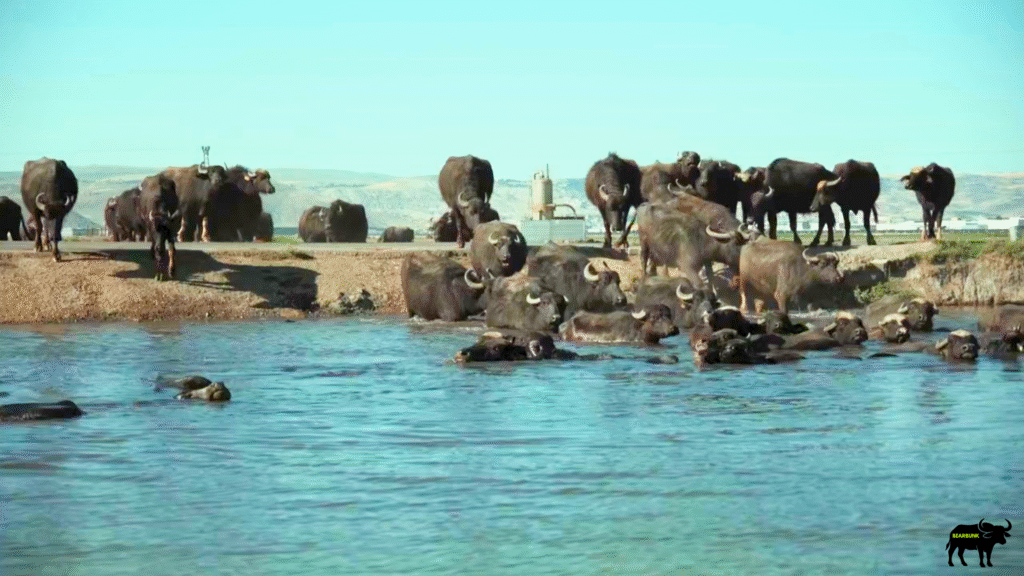
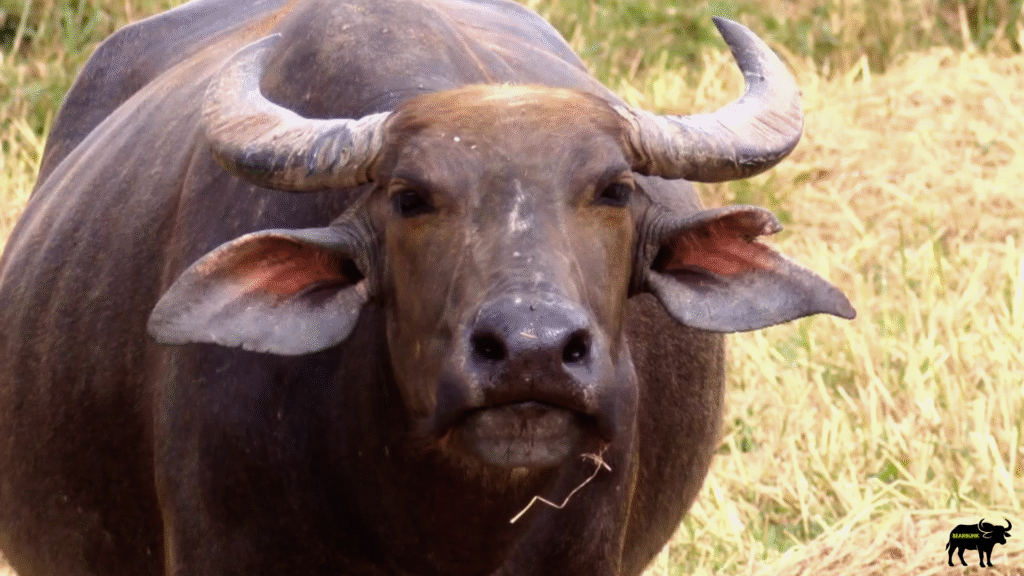


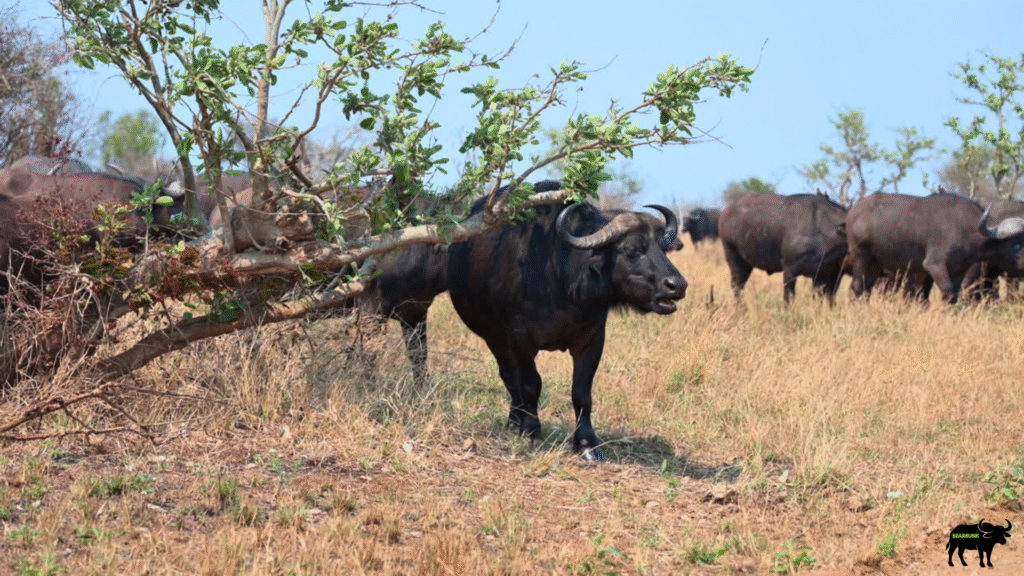
Species of Buffalo
Not all buffalo are built alike. Some roam the golden plains of Africa in massive herds, while others wade quietly through Asia’s rivers and rice fields. Together, they reveal how one animal family can adapt beautifully to two very different worlds.
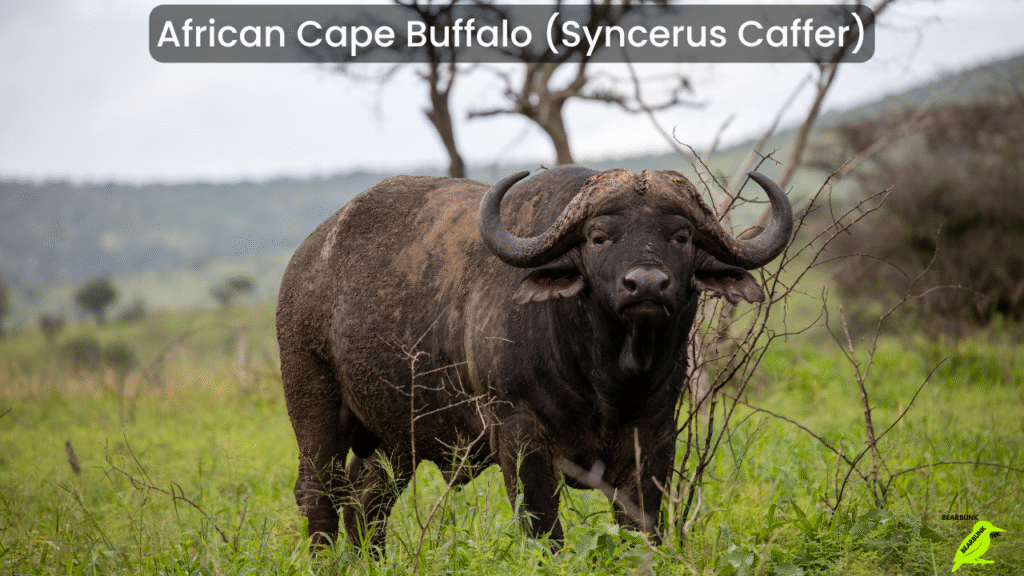
African Cape Buffalo (Syncerus Caffer)
Massive, muscular grazers with curved horns and a strong herd instinct. Often found near rivers and grasslands.
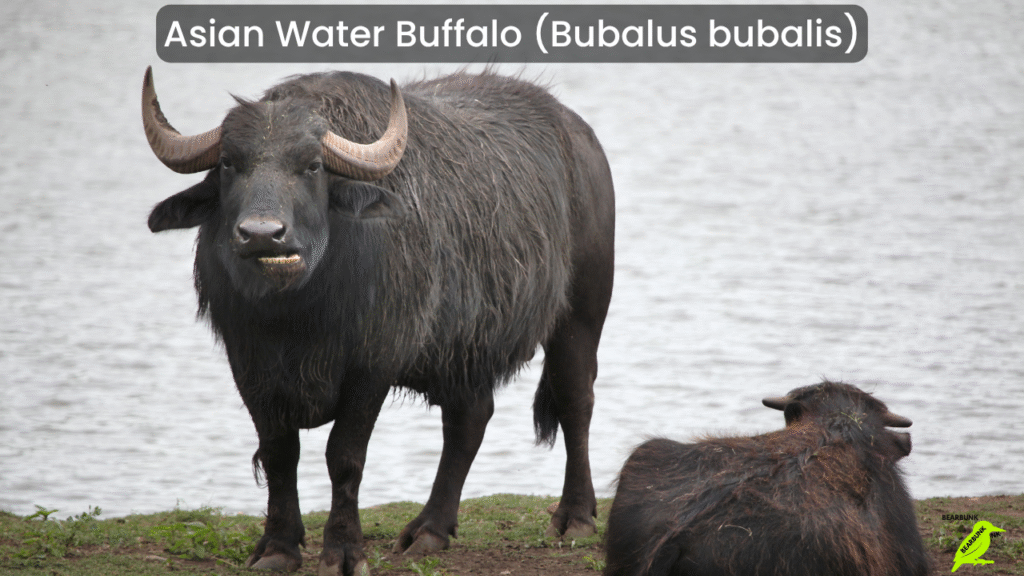
Asian Water Buffalo (Bubalus bubalis)
One of the smallest and most vividly colored kingfishers — glowing with orange, violet, and golden yellow. Found in India and Southeast Asia’s tropical forests.
Not all buffalo are built alike. Some roam the golden plains of Africa in massive herds, while others wade quietly through Asia’s rivers and rice fields. Together, they reveal how one animal family can adapt beautifully to two very different worlds.
Habitat
Buffalo thrive where grass and water meet.
In Africa, Cape buffalo gather across savannas, open woodlands, and floodplains — always near rivers or lakes where the mud helps them stay cool. In Asia, water buffalo spend hours submerged in ponds or rice fields, using their wide muzzles to graze on reeds and aquatic plants.
These heavyweights are more than just survivors — they’re ecosystem engineers, shaping landscapes as they graze and keeping the balance between plants, soil, and other species.
Diet
Buffalo are strict herbivores. Their menu includes tall grasses, reeds, and aquatic vegetation.
African buffalo graze early in the morning and late in the afternoon, resting during the hottest part of the day to chew cud.
Water buffalo feed in flooded areas, pulling up plants with their strong, square jaws. An adult can consume more than 30 pounds of grass in a single day!
Share On Social:
Mating & Raising Young
Buffalo herds revolve around family and cooperation.
Females typically give birth to one calf after an 11-month pregnancy, often timed with the rainy season when food is abundant. Newborns can stand within hours and stay close to their mothers for protection.
In Africa, bulls compete for mates by locking horns, but these contests rarely cause harm. In Asia, domesticated water buffalo are calmer but equally family-oriented. Both species show remarkable maternal care — and the herd instinct helps protect every calf.
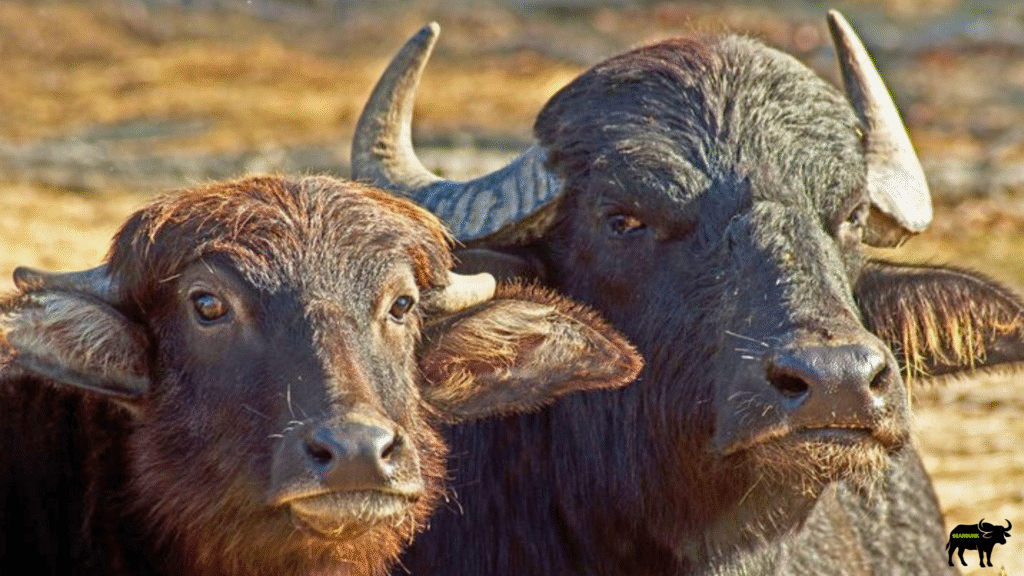
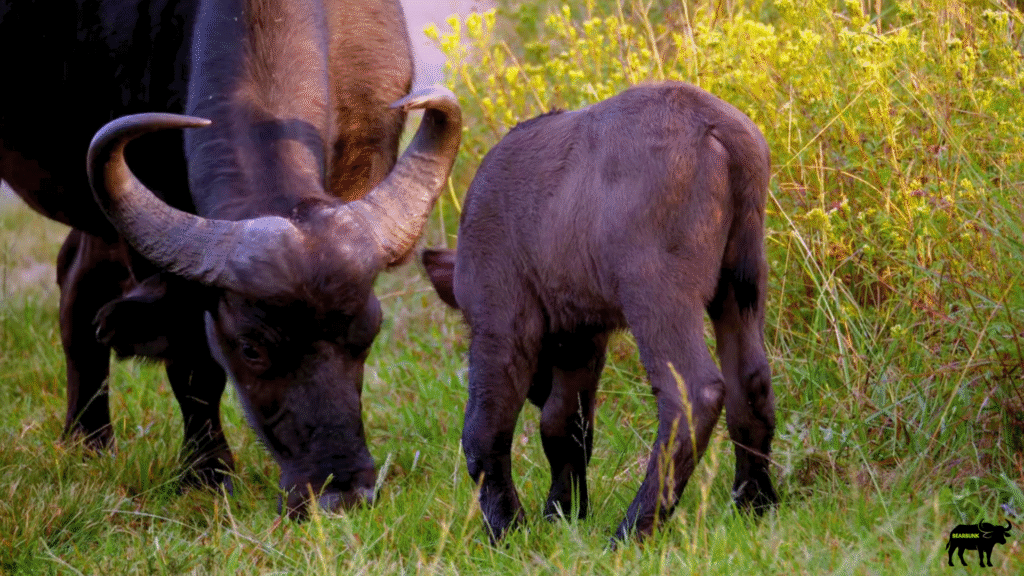
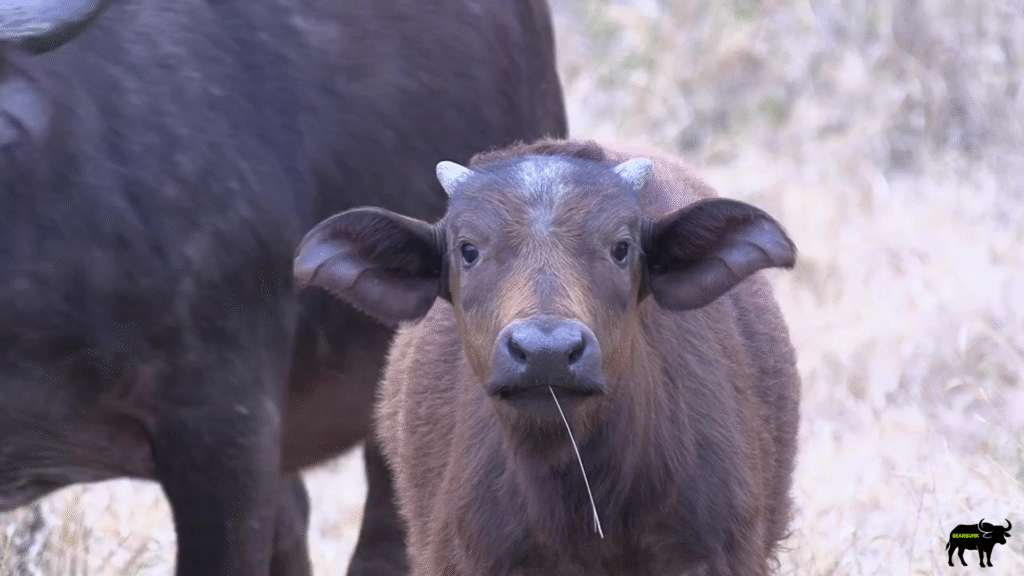
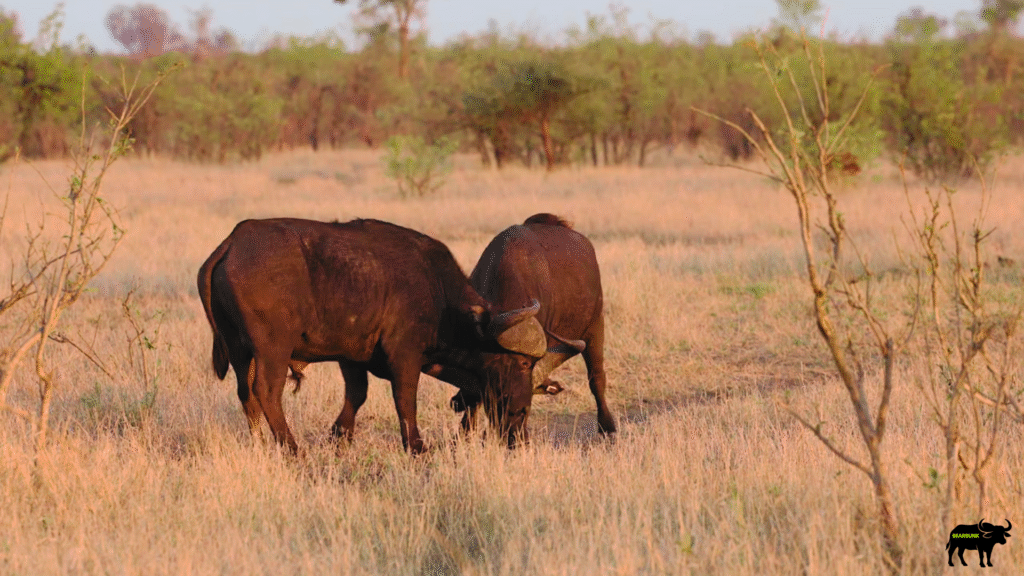
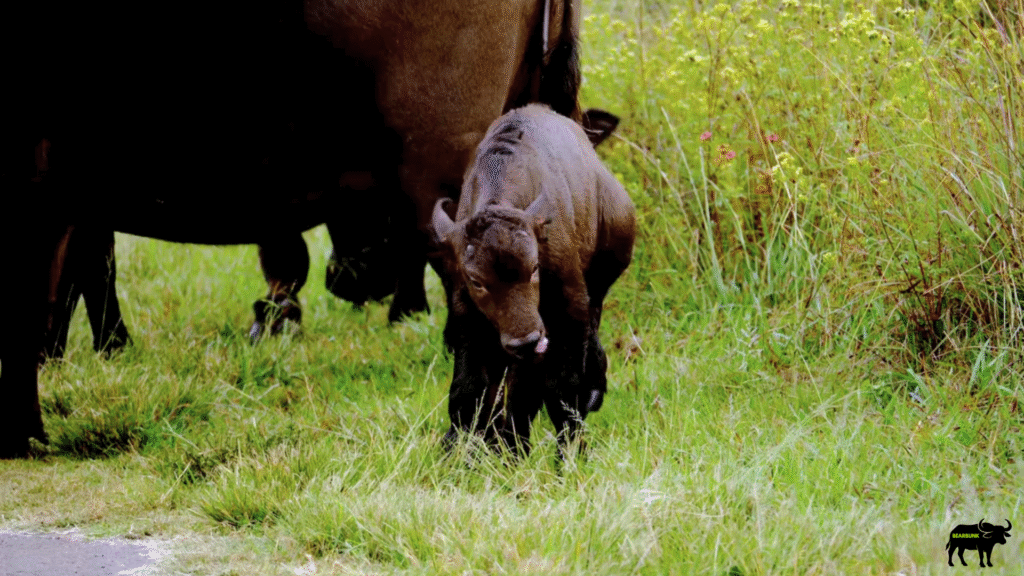
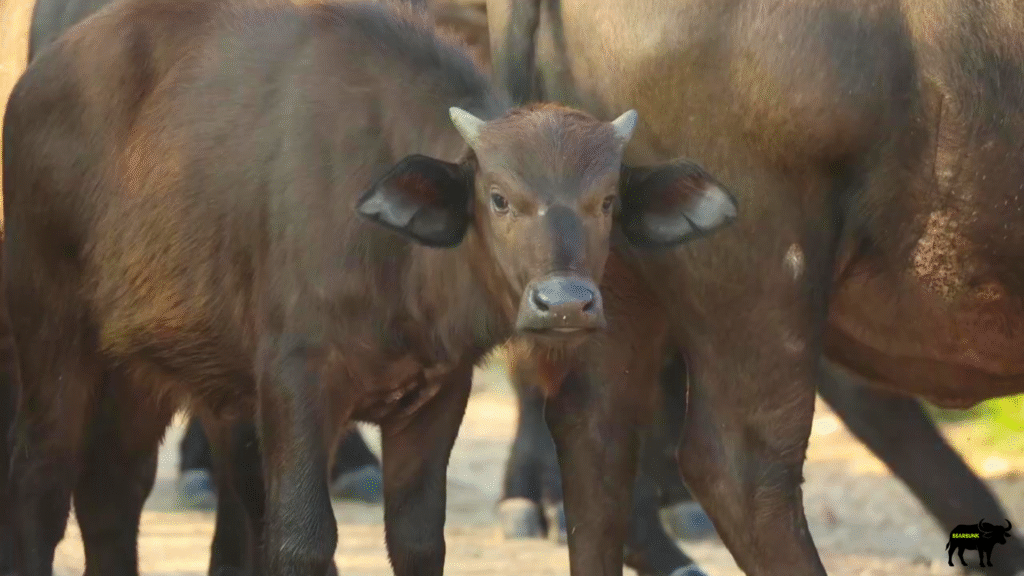
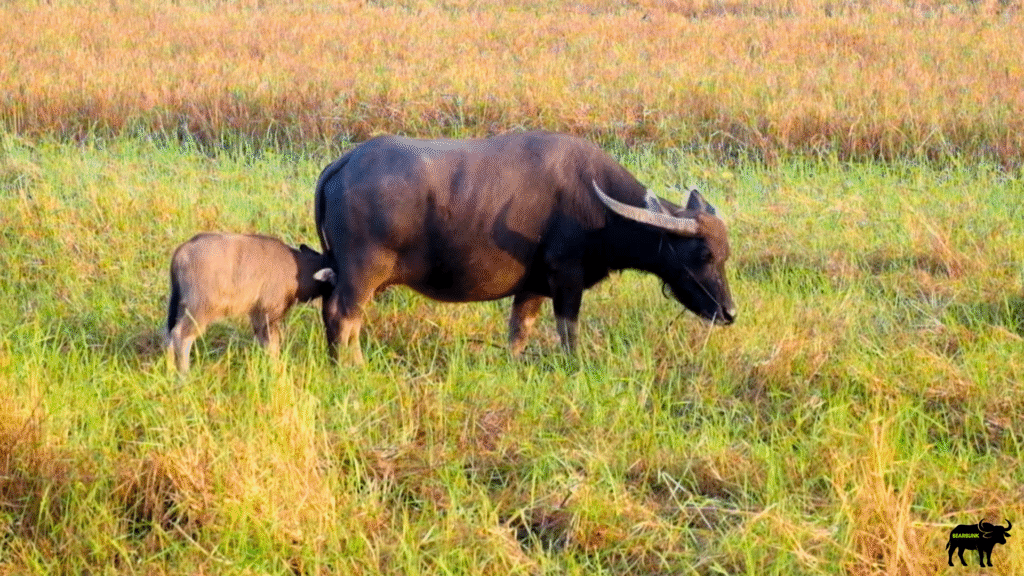
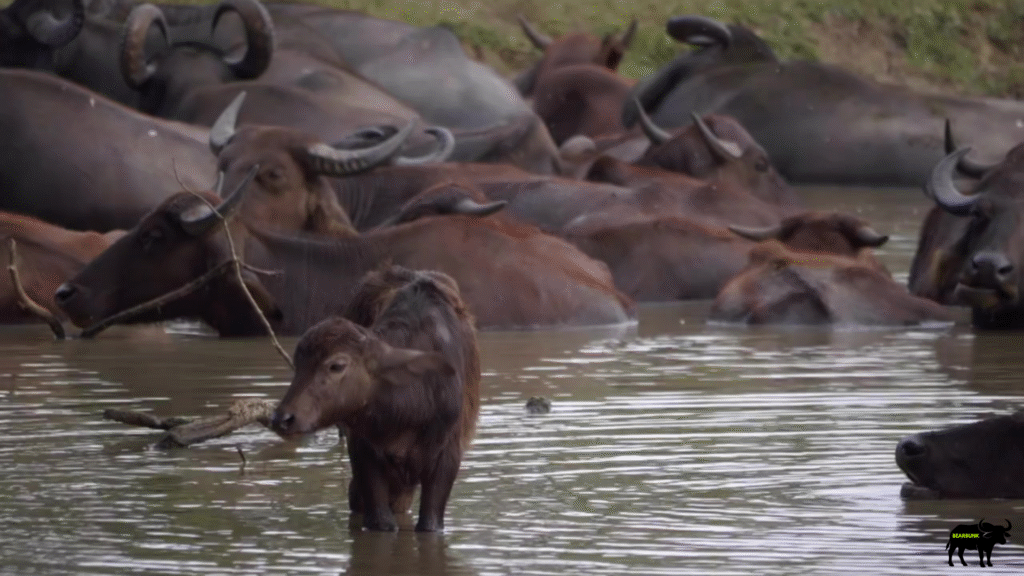
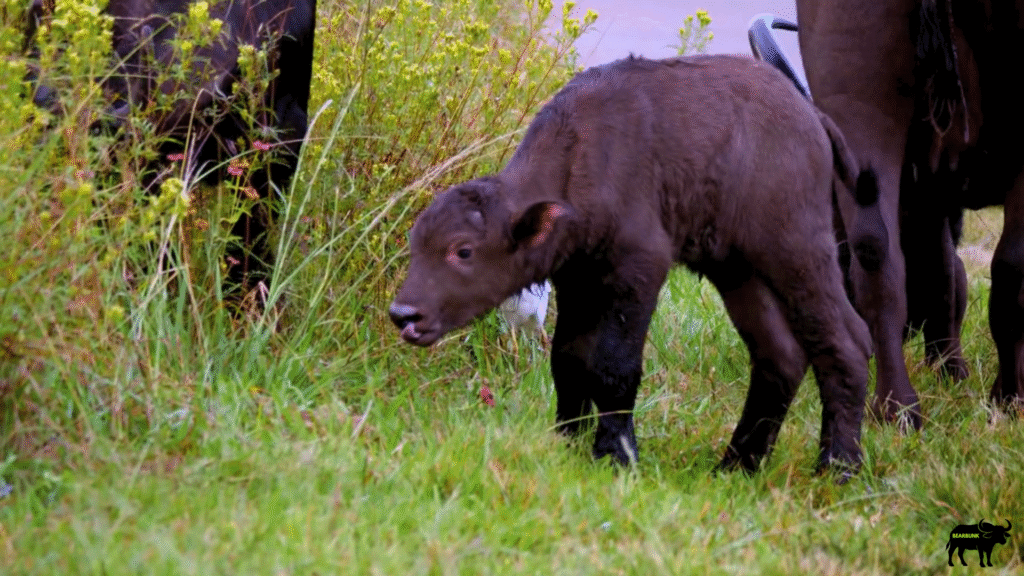
Fun Facts
- 🐃 Teamwork That Saves Lives: When threatened, African buffalo form a living shield around their young — horns outward, forming a defensive wall predators rarely challenge.
- 💧 Built-in Spa Day: Their love of mud isn’t about mess — it keeps them cool and acts as natural bug repellent.
- 🧀 Buffalo Milk Mozzarella? Yep! The creamy mozzarella cheese we love often comes from water buffalo milk. Their high-fat, rich milk is prized in Italy and across Asia for cheese, butter, and yogurt.
- 🦴 Horns of Power: African buffalo grow heavy, fused horn bases called “bosses,” creating one of the toughest natural helmets in the animal kingdom.
- 🦬 Quiet Giants: Despite their size, buffalo are gentle grazers, highly social, and communicate through grunts and low bellows to stay connected within the herd.
About Buffalo
Common Name: Buffalo (includes African Cape Buffalo, Forest Buffalo, and Asian Water Buffalo)
Scientific Name: Syncerus caffer, Bubalus bubalis
Family: Bovidae
Subfamily: Bovinae
Size: 5–6 ft tall at the shoulder; up to 10 ft long (1.5–3 m)
Weight: 1,100–2,000 lbs (500–900 kg); Water Buffalo up to 2,600 lbs (1,200 kg)
Lifespan: 18–25 years in the wild
Location: Africa and Asia — Cape Buffalo across sub-Saharan savannas, Forest Buffalo in central African jungles, Water Buffalo in Asian wetlands and river valleys
Habitat: Grasslands, swamps, riverbanks, and floodplains; prefer areas with abundant water and vegetation
Diet: Herbivorous — mainly grasses, reeds, and aquatic plants
Conservation Status: Least Concern overall, though some subspecies (like the Wild Water Buffalo) are Endangered due to habitat loss and hunting
Buffalo are powerful, social grazers known for their strength, loyalty, and teamwork. In Africa, they’re ecosystem shapers, maintaining grasslands that support countless species. In Asia, Water Buffalo have lived alongside people for thousands of years, symbolizing endurance and harmony with nature.
Why We Love Them
Buffalo are the perfect example of quiet strength. They show us how power can coexist with gentleness and how unity protects the vulnerable.
Whether standing tall against predators or plowing rice paddies with patience, buffalo remind us that true greatness often lies in purpose — not just power.
Conclusion
From the grassy plains of Africa to the misty wetlands of Asia, buffalo continue to shape ecosystems, support communities, and inspire awe.
They’re more than just giants of the plains — they’re a living testament to endurance, teamwork, and the beauty of creation’s design.
So next time you see a buffalo, take a moment to admire this remarkable creature — a true Giant of Grass and Water.
Watch the Video on YouTube:
Power on the Plains | The Mighty Buffalo of Africa and Asia
Learn more about:
Birds, Rivers and Streams, Smart Animals, and Colorful Creatures
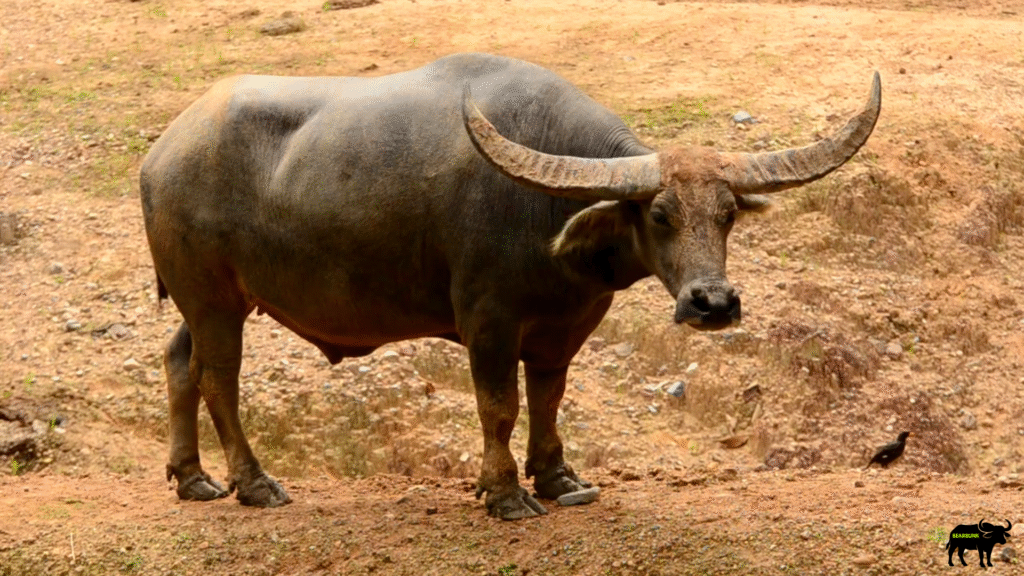
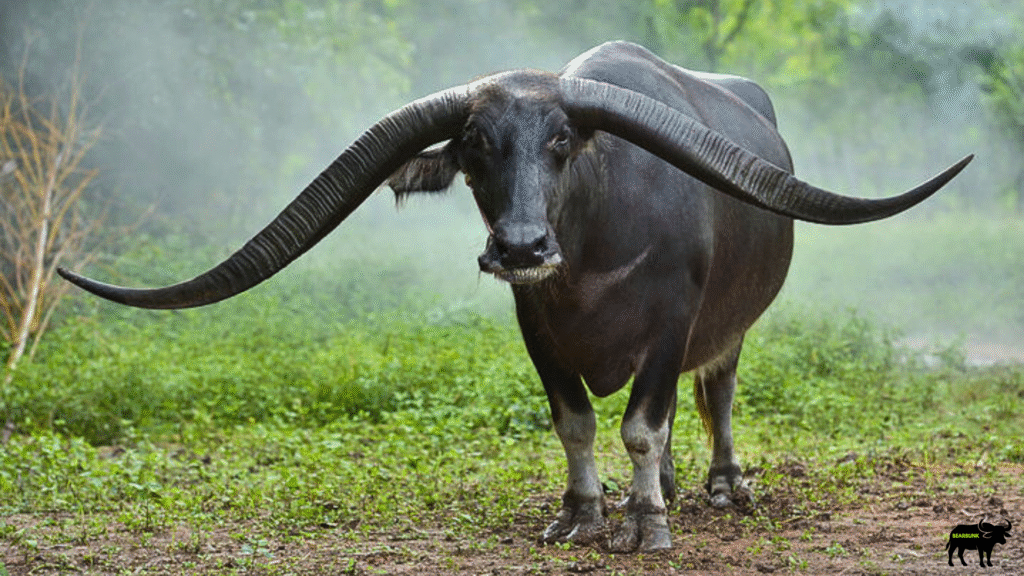
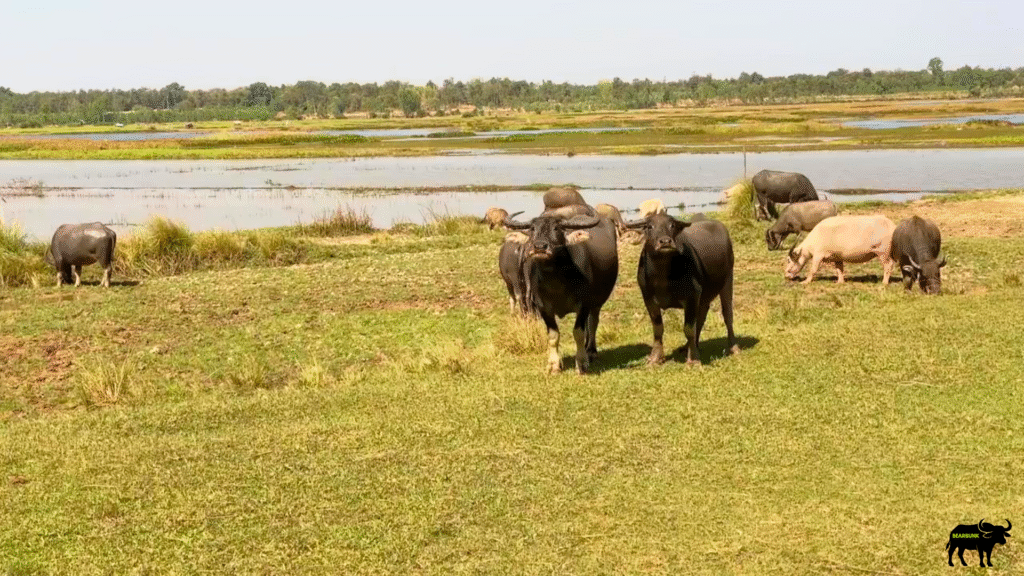
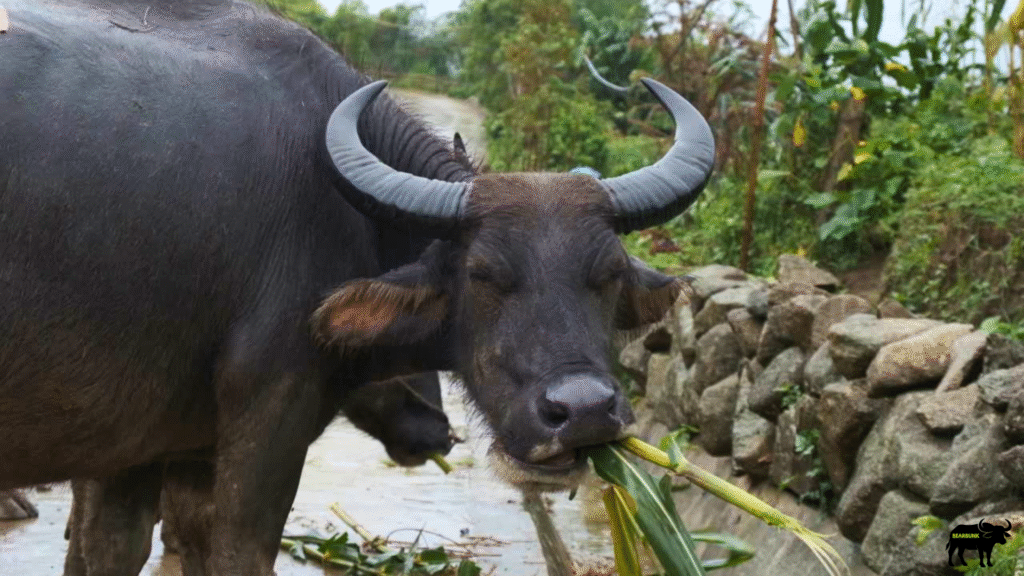
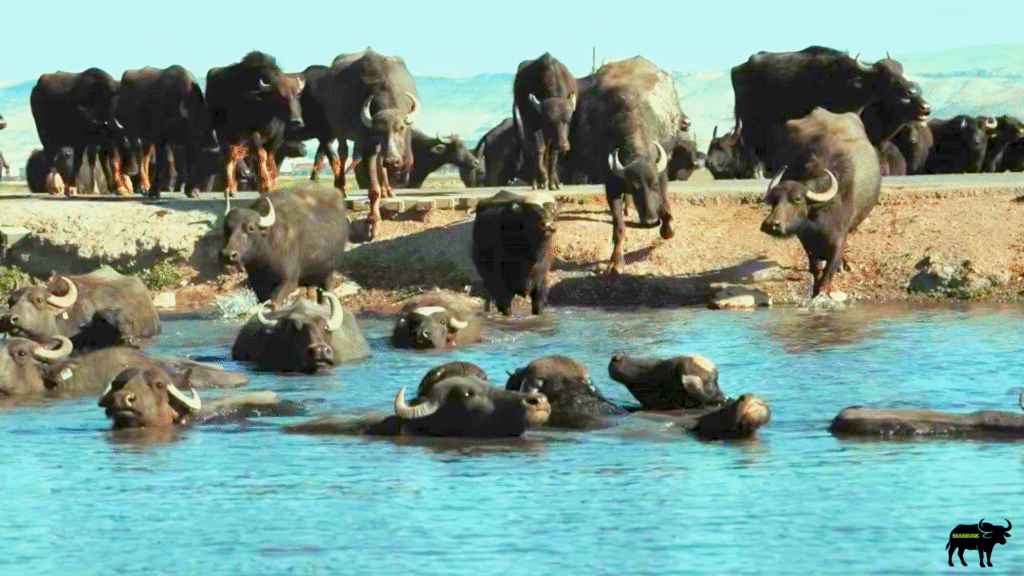
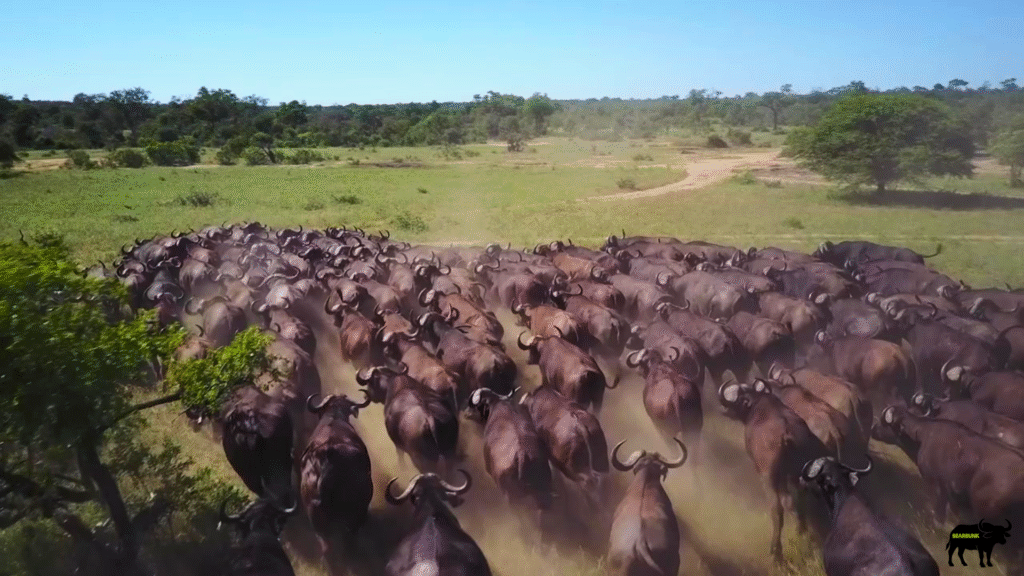
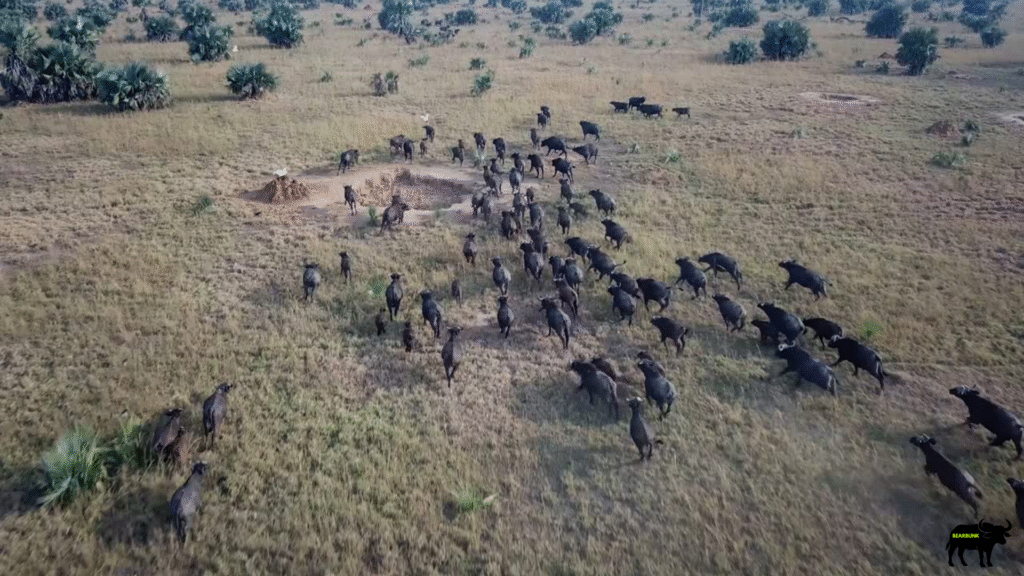
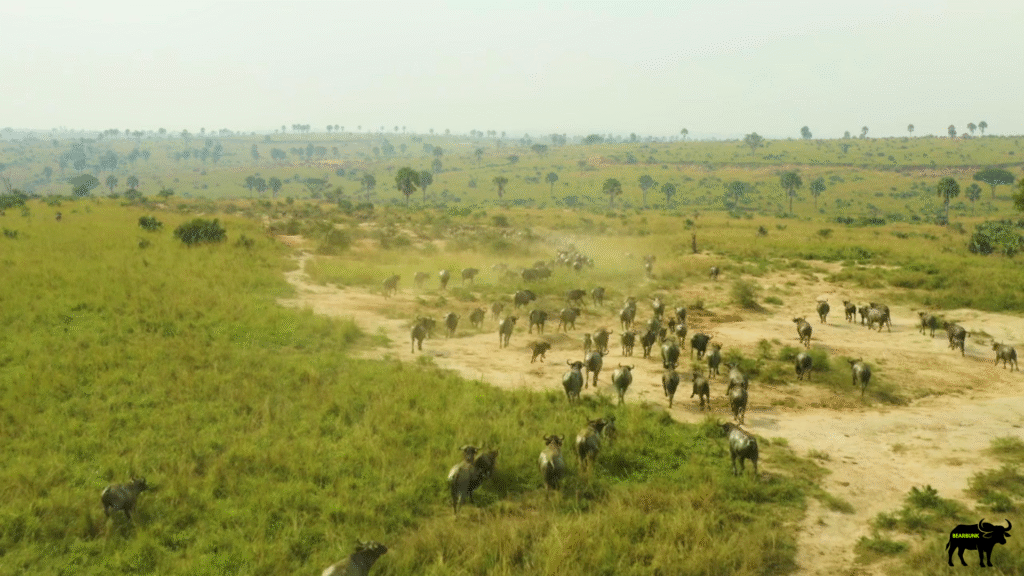
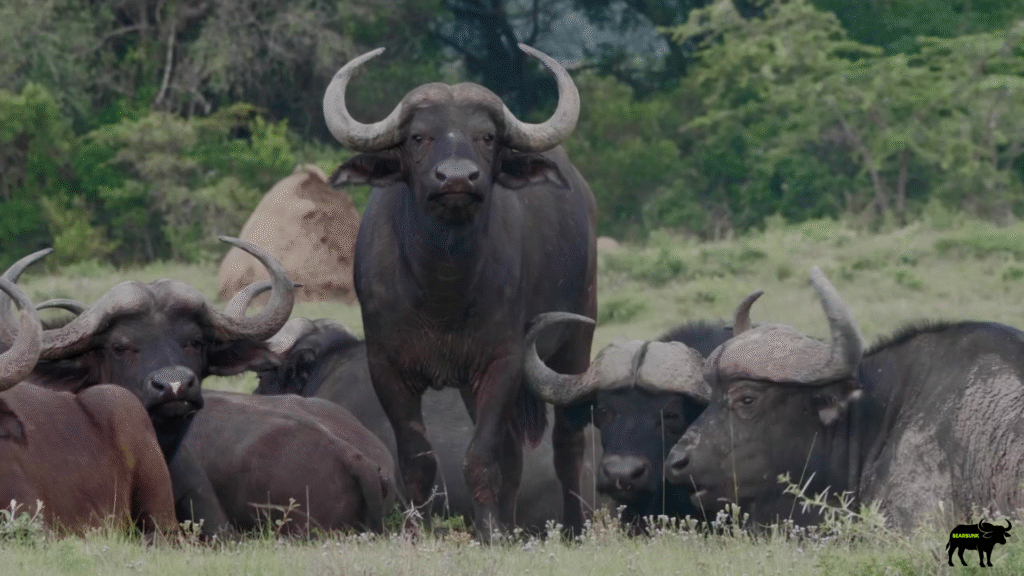
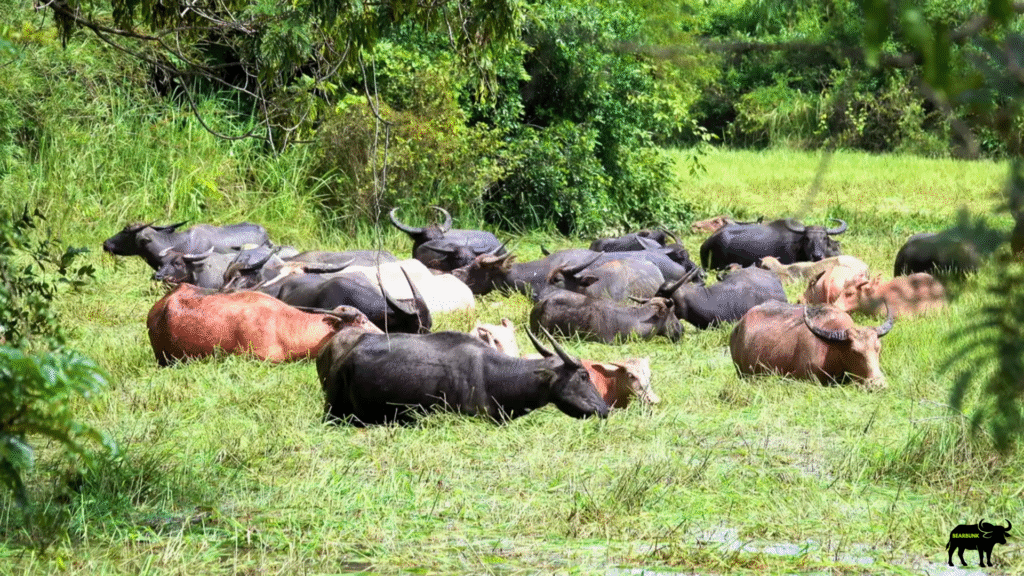
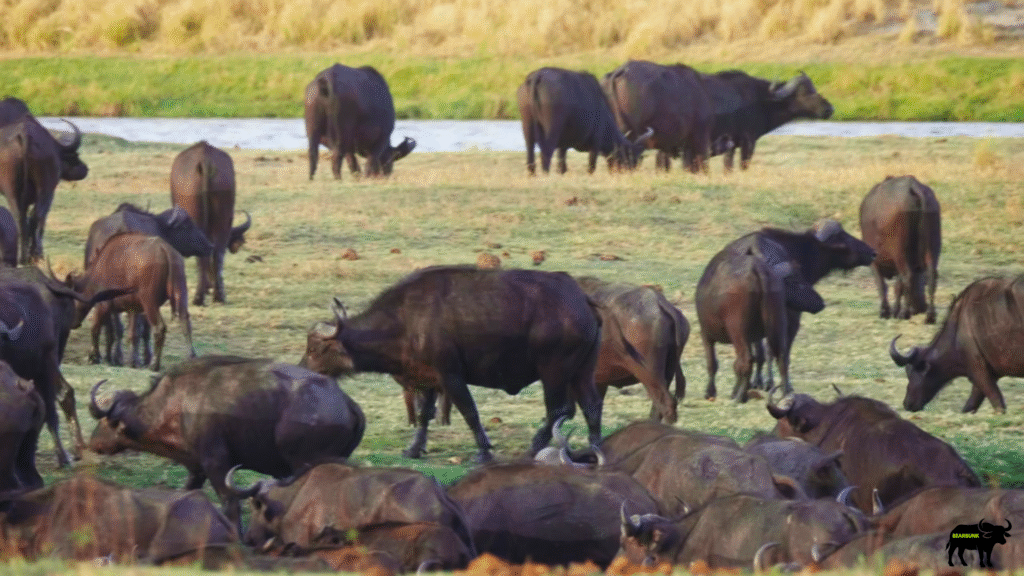
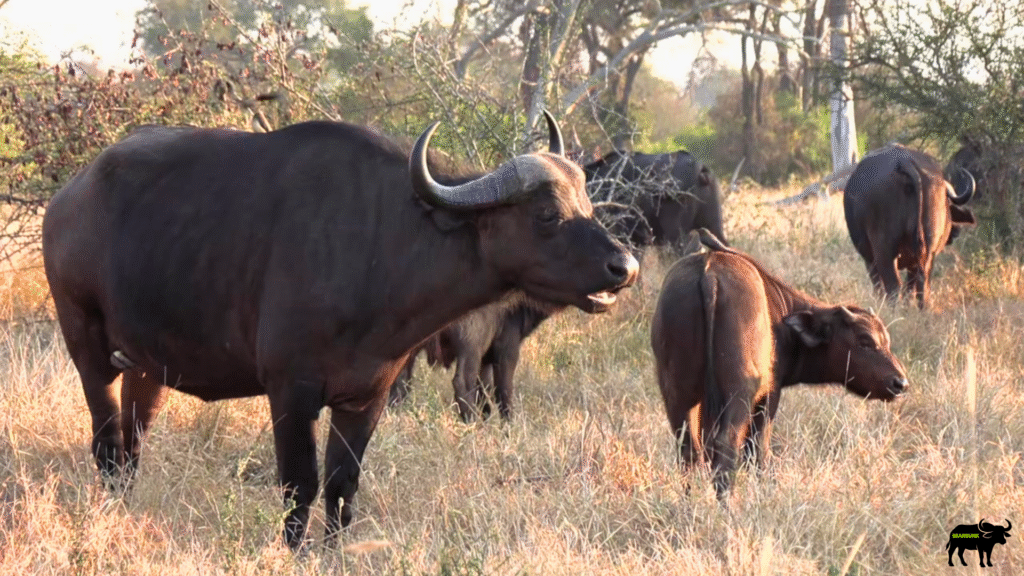
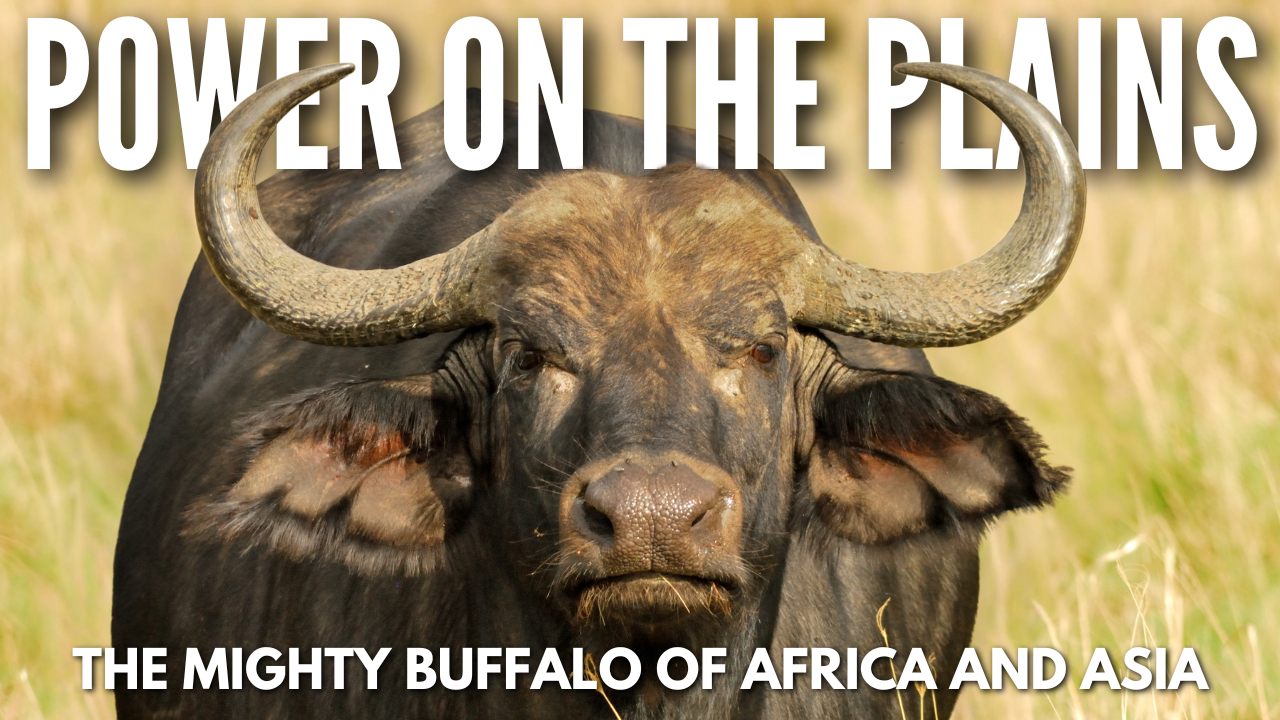
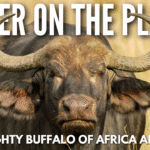




Leave a Reply